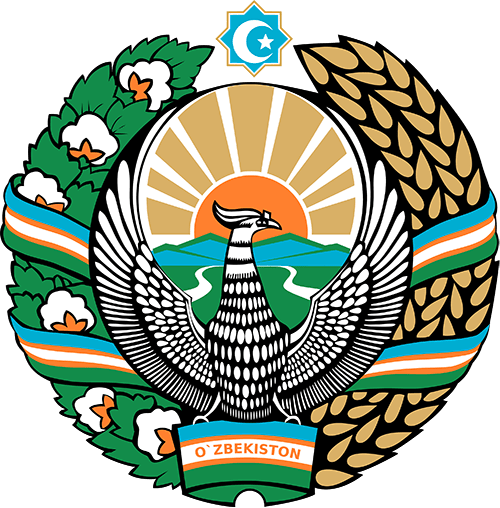Calendar-subject plan of lectures
1. Modern radiologic diagnosis in pediatrics. Contents: The concept of modern methods of radiologic diagnosis and their application in pediatrics. Possibilities and prospects of new technologies – traditional X-ray studies, ultrasound diagnostics, computed tomography, magnetic resonance imaging and radionuclide diagnostics in children
2. Complex radiologic diagnosis of respiratory diseases Contents: The use of methods of radiologic diagnosis in the recognition of lung diseases. Radiologic diagnosis of pneumonia, tuberculosis and lung tumors.
3. Complex radiologic diagnosis of diseases of the hepatobiliary system. Contents: The use of methods of radiologic diagnosis in the recognition of hepatobiliary diseases. Radiologic anatomy of the hepatobiliary system. Diffusive lesions of the liver (acute and chronic hepatitis, cirrhosis). Focal lesions of the liver (cysts, hemangiomas, malignant tumors).
4. Complex radiologic diagnosis of diseases of the urinary system. Contents: Application of methods of radiologic diagnostics in recognition of diseases of urinary organs. Radiologic diagnostics (X-ray, ultrasound, CT, MRI, radionuclide) inflammatory, tumor lesions and traumatic lesions of urinary organs.
5. Radiologic diagnosis of organs of the reproductive system. Contents: Radiologic anatomy and pathology of the uterus and ovaries. Antenatal diagnosis.
Practical lessons
1 Fundamentals of X-ray diagnostics. Properties of X-rays. Anti-radiologic protection. Physical and biological basis of ultrasound.
2 Radioloic diagnosis of bones and joints. Radiologic anatomy of bones and joints. Features of fractures. Radiologic semiotics of diseases of bones and joints. X-ray diagnostics of inflammatory diseases of bones and joints: osteomyelitis, tuberculosis. Rickets. Congenital dislocation of the head of the femur. Roentgenodiagnosis of tumors of bones and joints.
3 Radiologic diagnosis of diseases of the skull and spine, methods of neuroimaging. Radiologic anatomy of the skull and spine. Neurosonography of newborns. X-ray diagnostics of traumatic injuries and inflammatory diseases of the skull and spine.
4 Radiologic diagnostics of respiratory organs. Radiation anatomy of the respiratory system. Basic and special research methods. Foreign bodies in the respiratory tract. Inflammatory lung diseases: pneumonia. Tuberculosis. Pleurisy. Tumors.
5 Radiologic diagnosis of diseases of the heart and blood vessels. Radiologic anatomy. Methods of radiologic examination of the heart and large vessels. Cardiometry. Radiation diagnosis of heart defects. Myocarditis and pericarditis.
6 Radiologic diagnosis of diseases of the gastrointestinal tract. Radiologic anatomy of the digestive tract. Method of X-ray study. Contrast substances used for the study of digestive organs. X-ray sememiotics of digestive tract diseases. Radiologic diagnosis of peptic ulcer, stomach and duodenum, intestinal obstruction, tumor.
7 Radiologic diagnosis of diseases of the hepatobiliary system. Radiologic anatomy of the liver, gallbladder and bile ducts. Diffusive and focal lesions of the liver. Radiologic diagnosis of the pancreas.
8 Radiologic diagnosis of diseases of the urinary system and adrenal glands in children. Radiologic anatomy. Contrast preparations used for the study of urinary organs. Methods of radiation examination of inflammatory diseases of the kidneys and urinary tract, urolithiasis, tumors.
9 X-ray diagnosis of diseases of the urinary system. Contrast preparations used for the study of urinary organs. X-ray diagnostics of inflammatory diseases of the kidneys and bladder. Urolithiasis disease. Tumors.
10 Radiologic diagnosis of diseases of the organs of the reproductive system and endocrine glands (thyroid gland, thymus gland). Radiologic anatomy. Screening of pregnancy. Hyperplasia of the thyroid and thymus gland (goiter, thymomegaly).
11 Fundamentals of radiology. Radionuclide study. Radionuclide studies of the thyroid gland, liver, bile ducts and kidneys. The significance of radionuclide studies in oncology.
12 Radiation therapy. Indications and contraindications. Complications of radiation therapy and precautions.
Для студентов 4 курса педиатрического факультета
Для студентов 4 курса факультетов “Медико-педагогическое” и “Лечебное дело”
Для студентов 6 курса педиатрического факультета
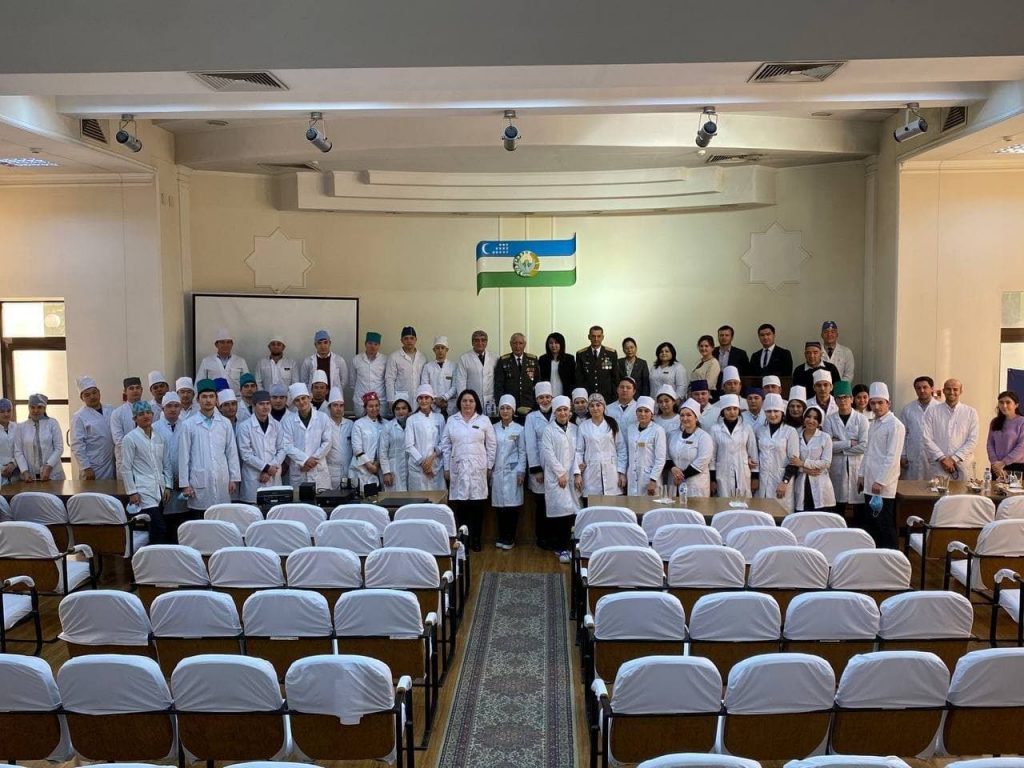
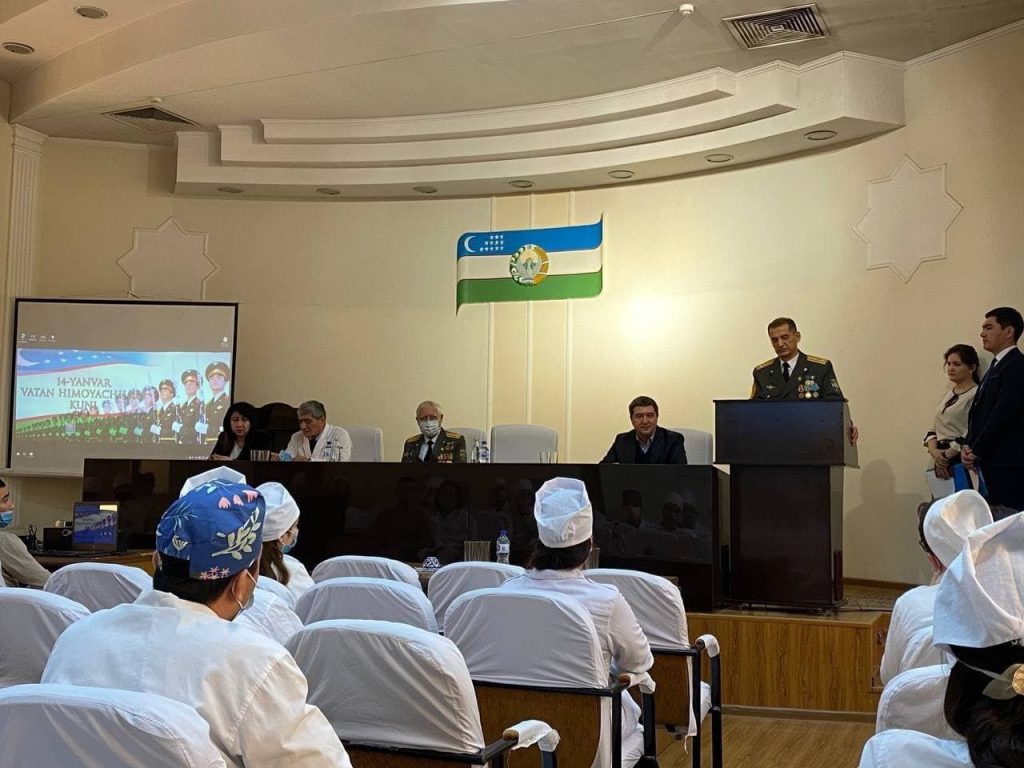
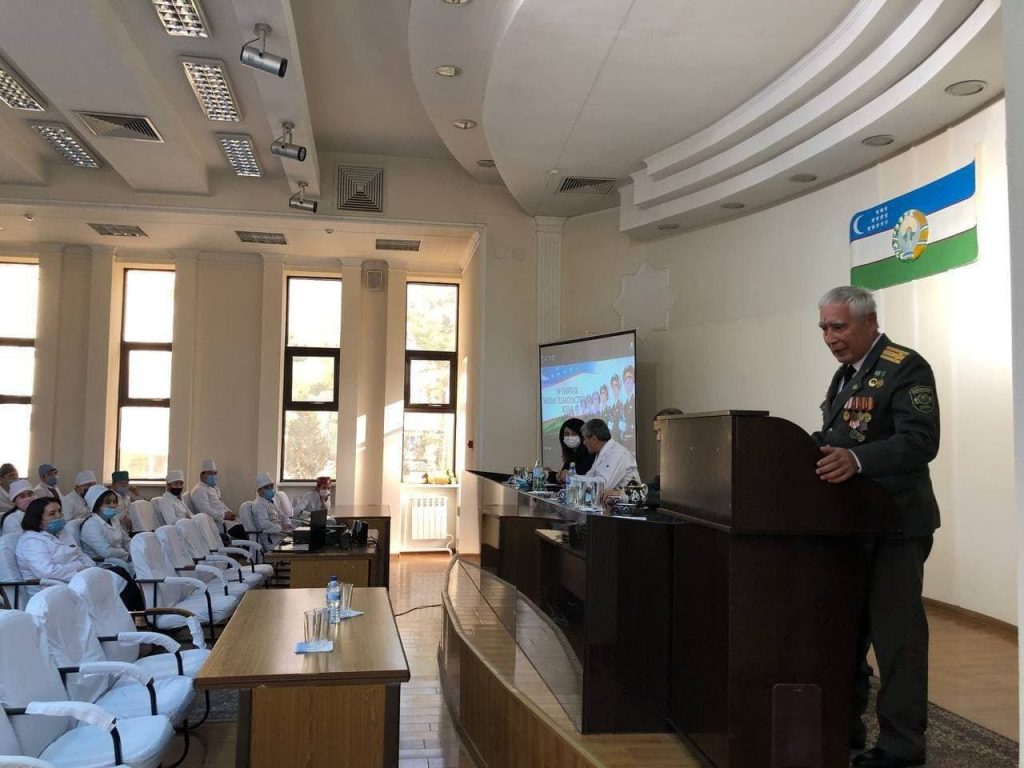
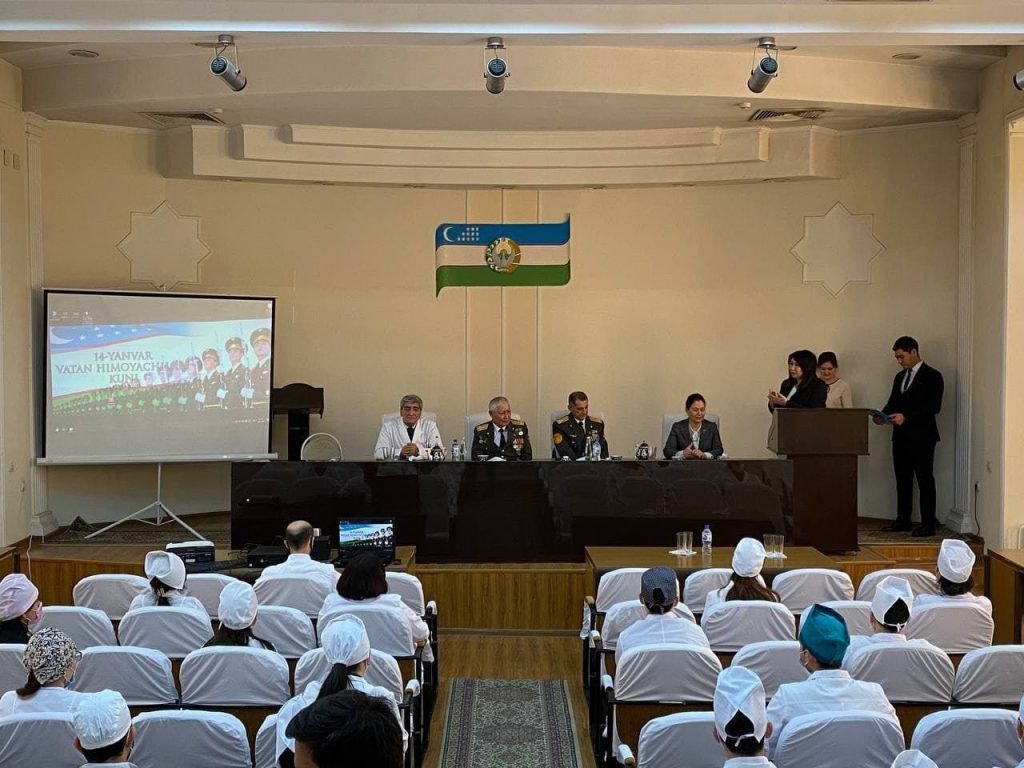
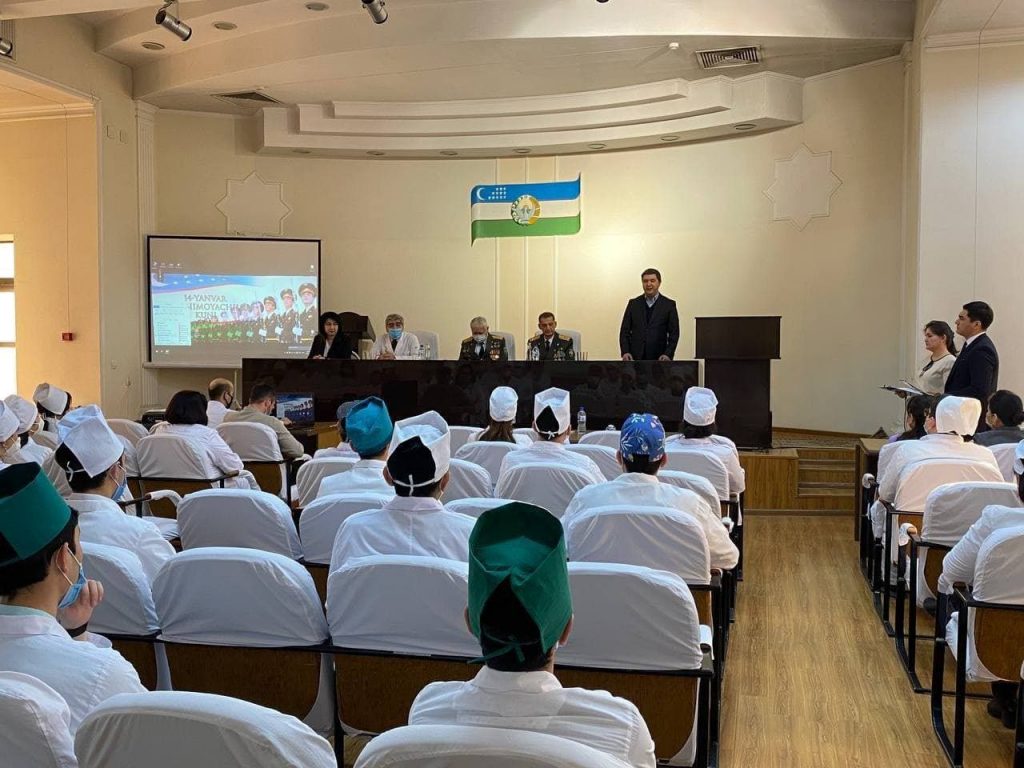
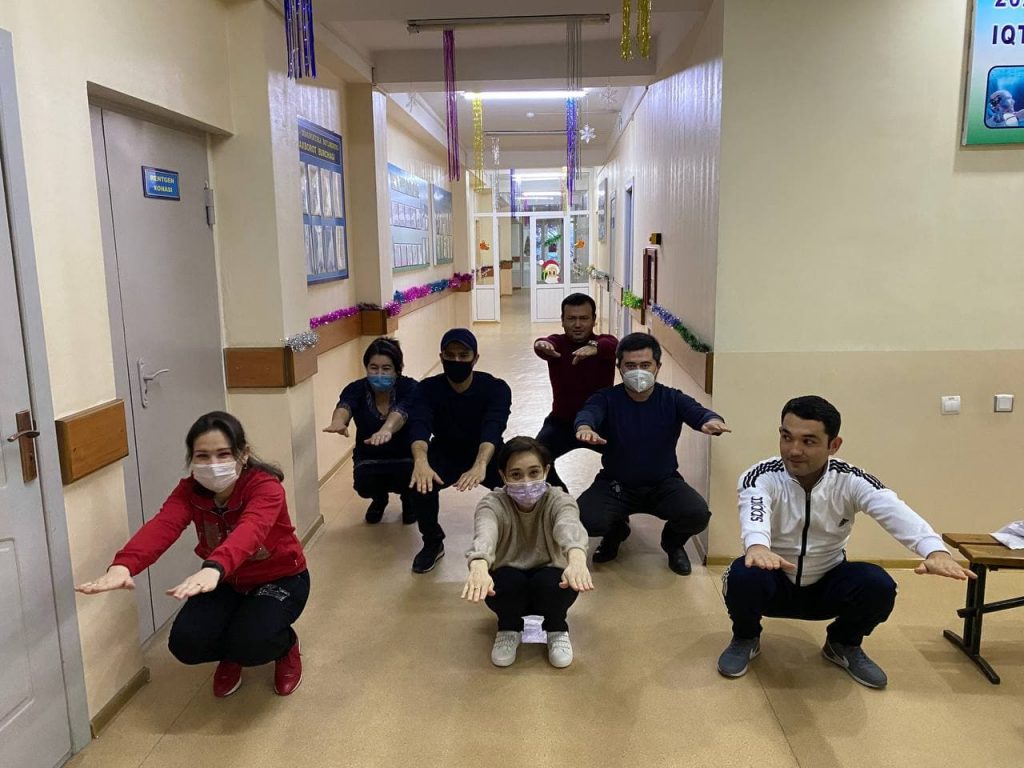
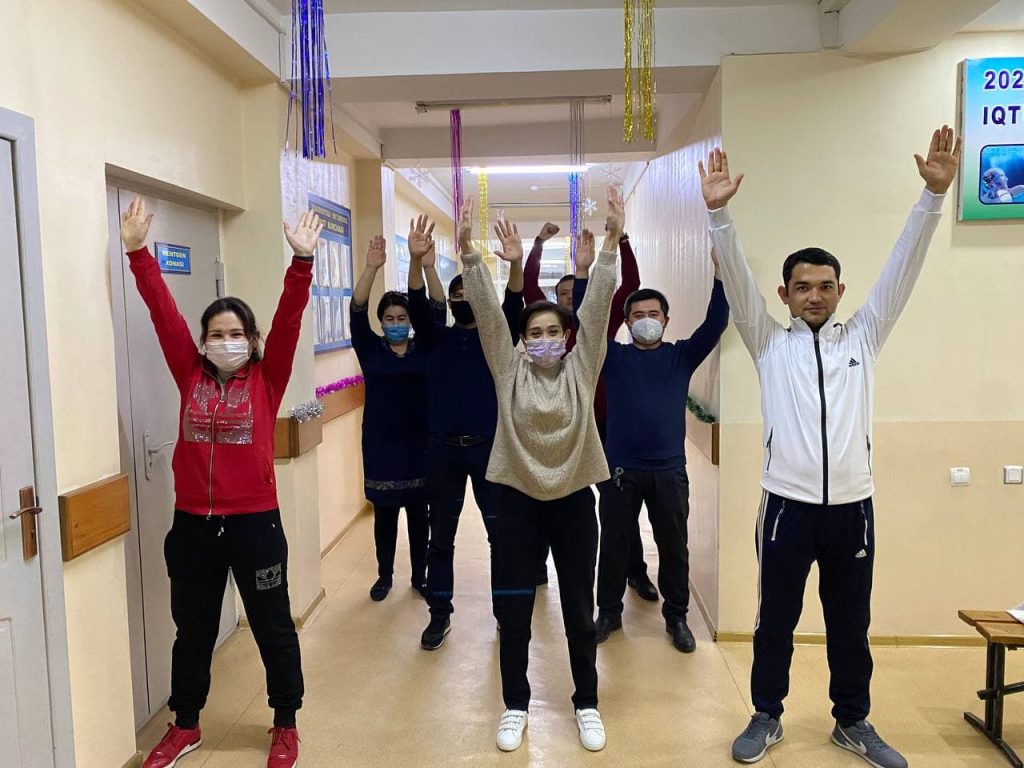

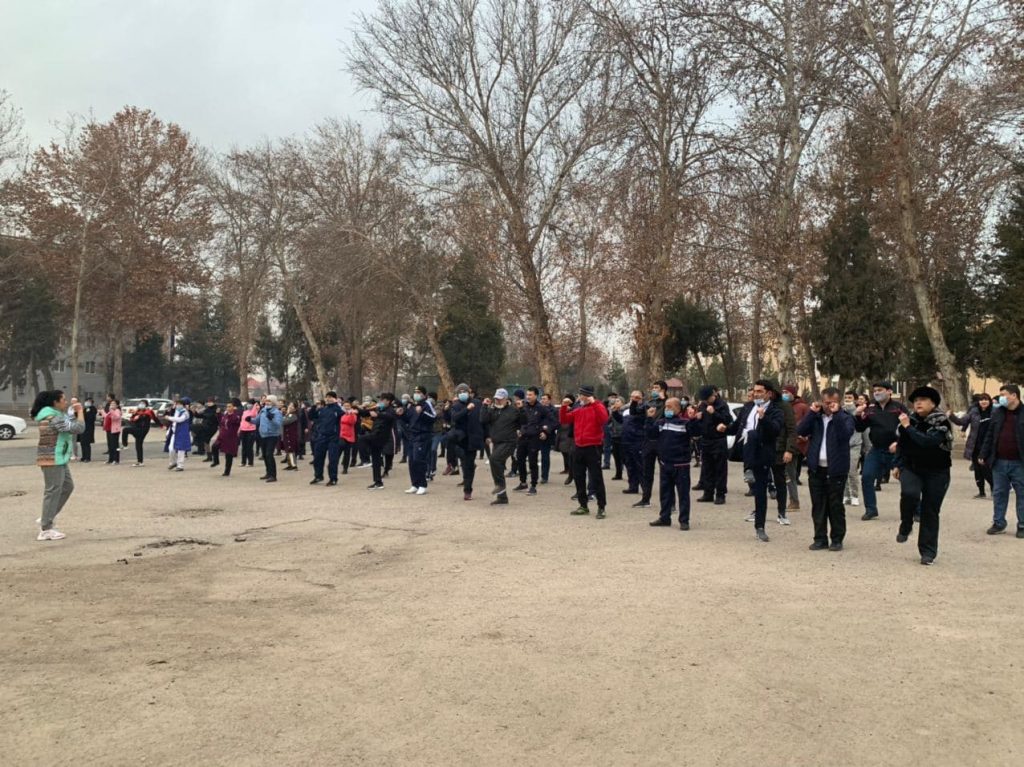
Утренняя зарядка полезна для всех. Каждое субботнее утро в клинике ТашПМИ начинается с утренней зарядки.
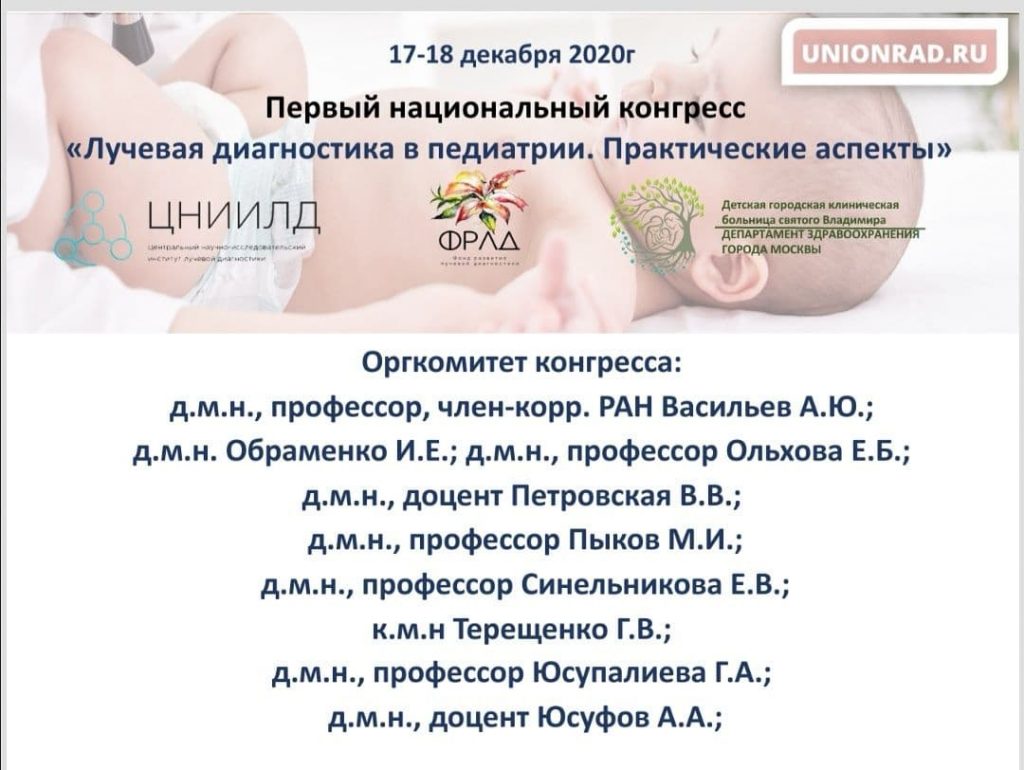
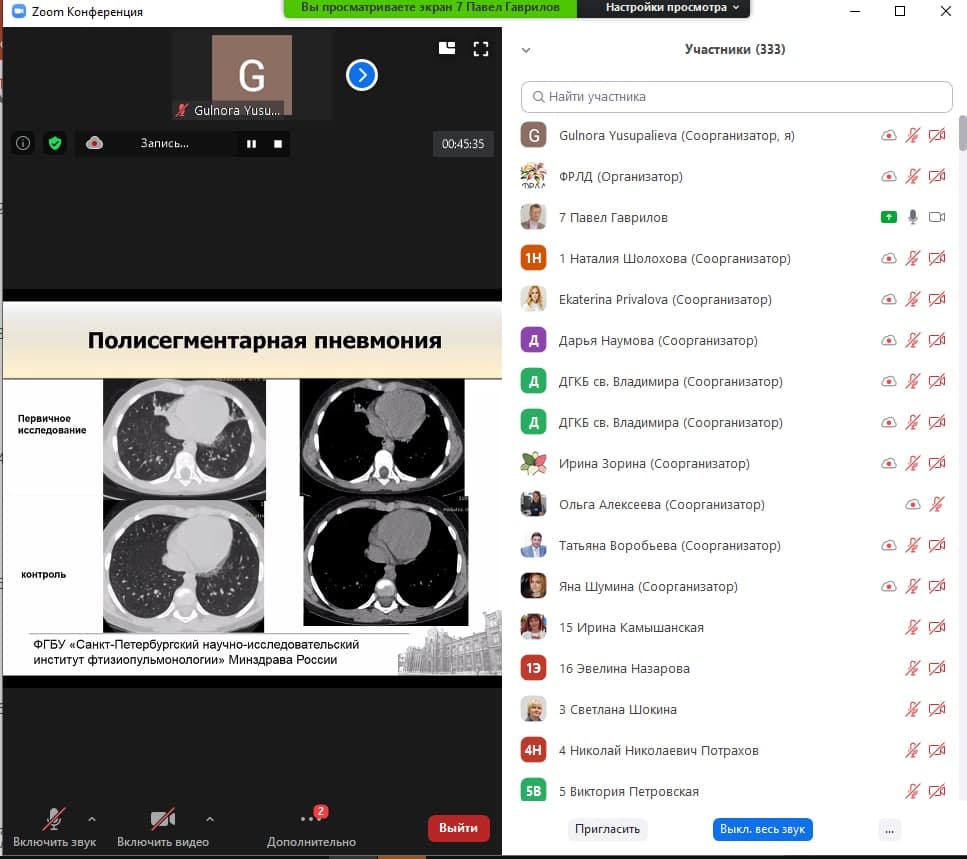

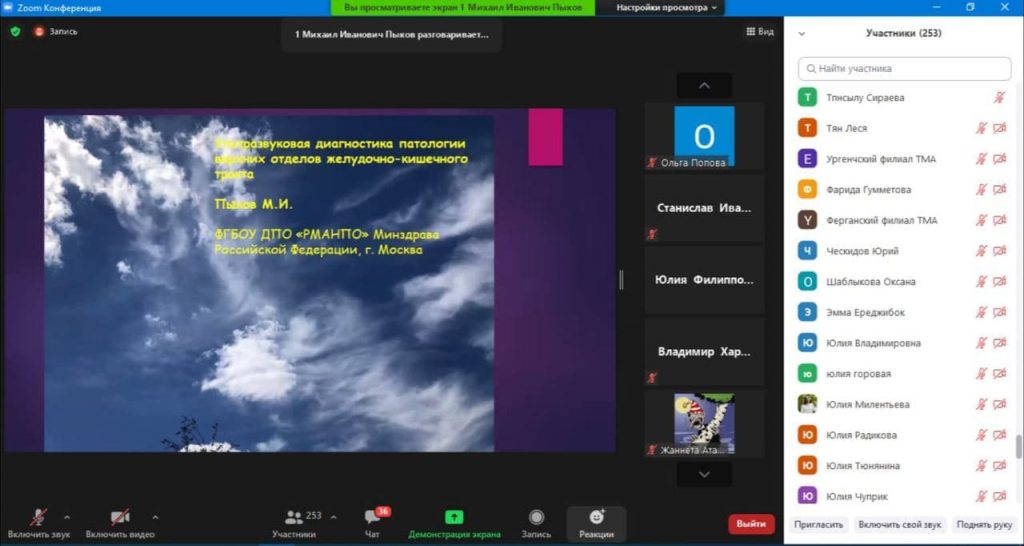
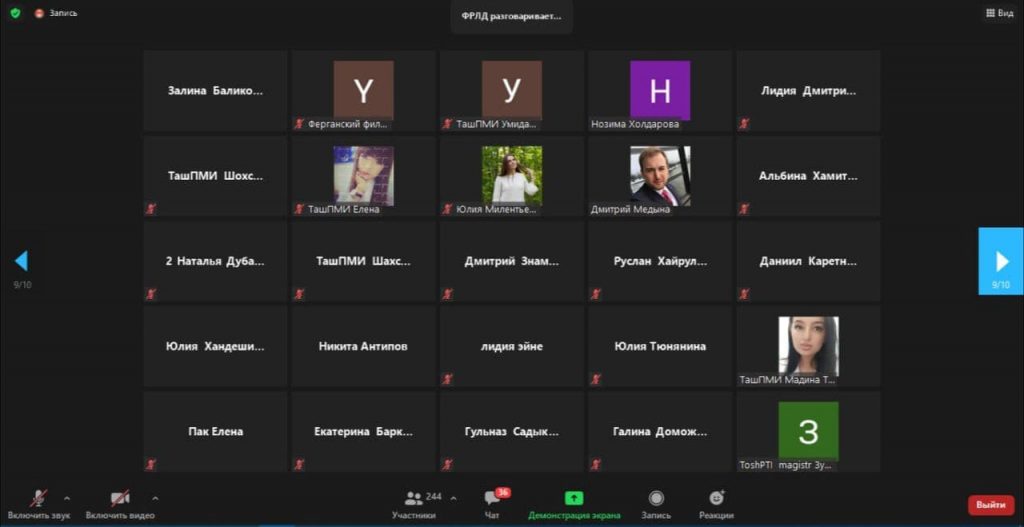
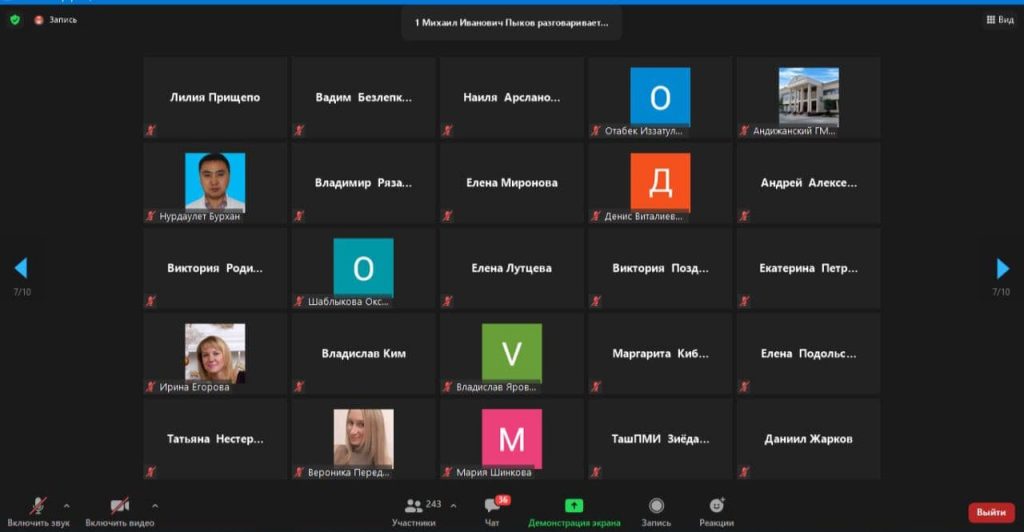

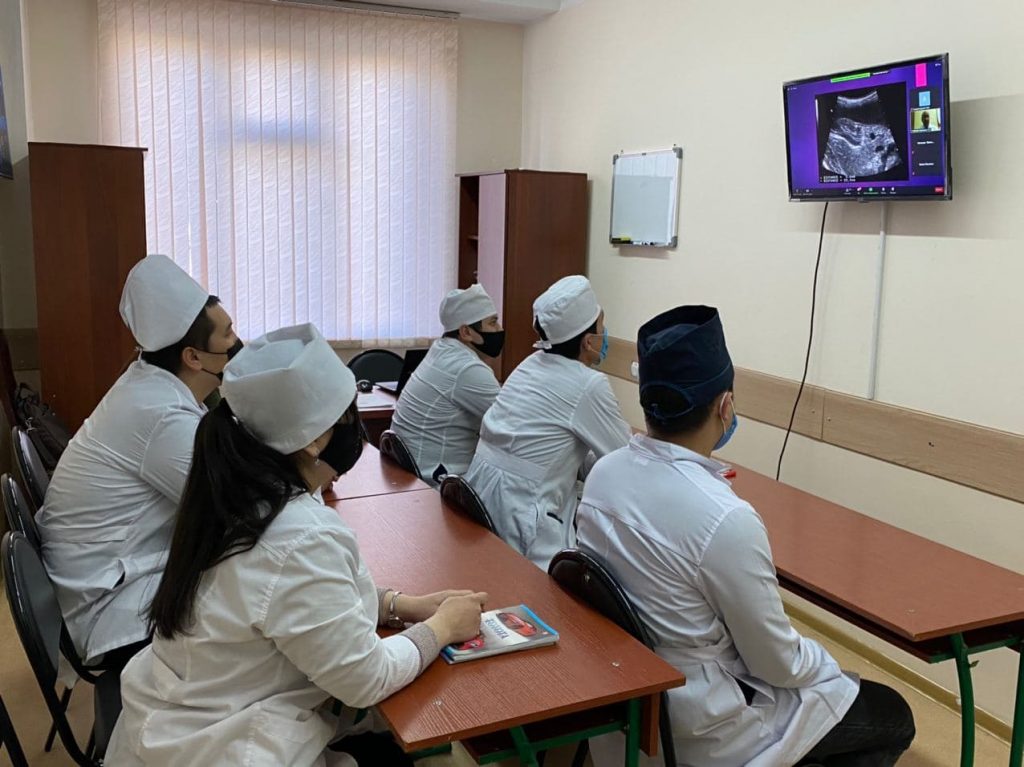
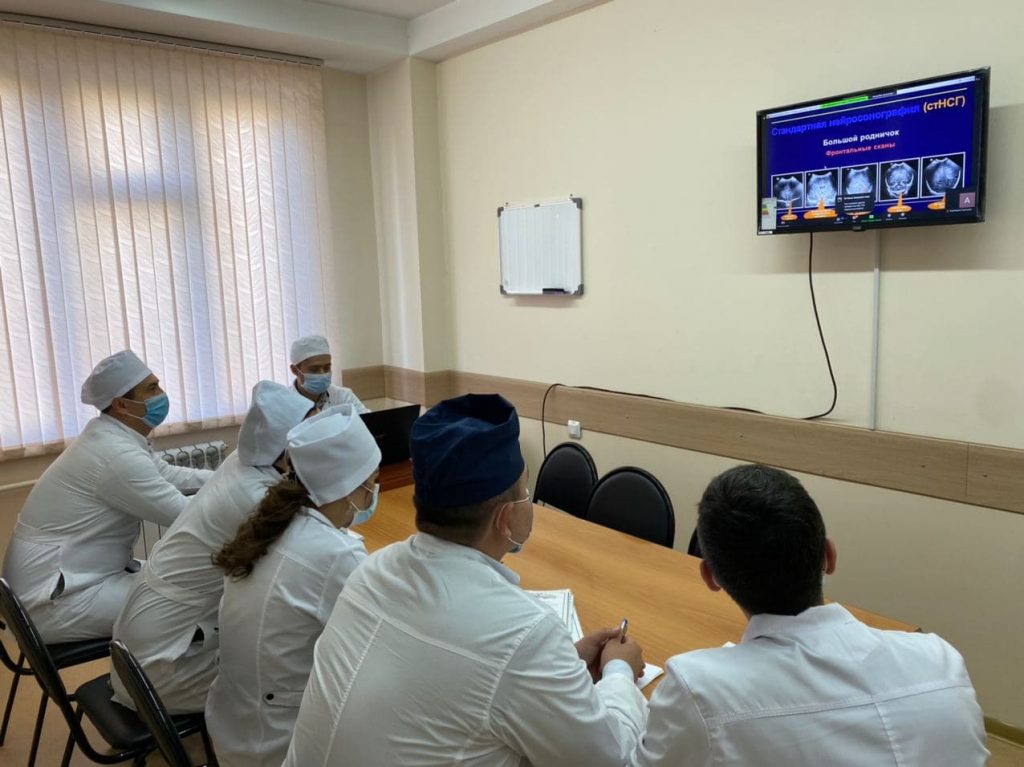

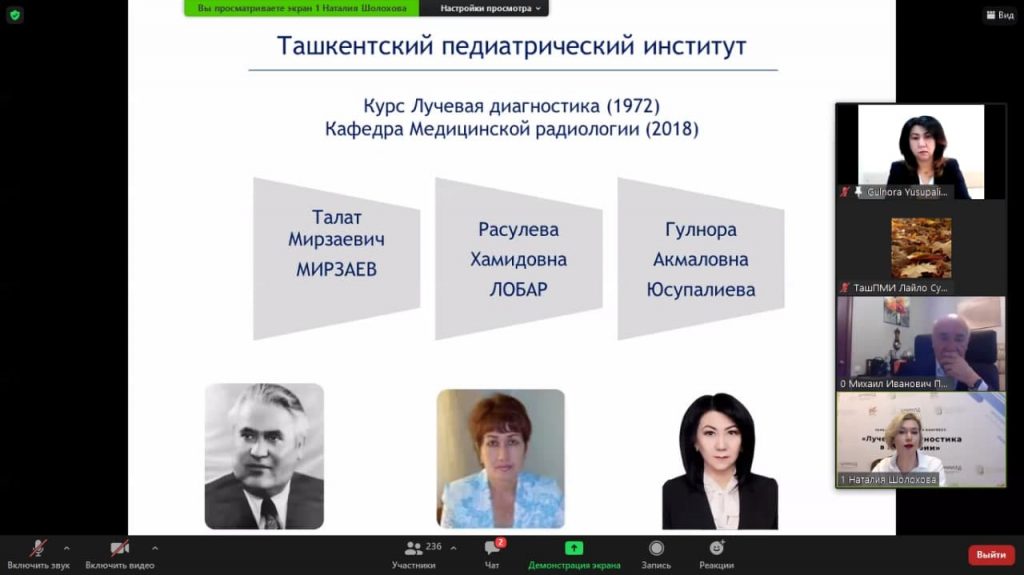
17-18 декабря 2020 г.

